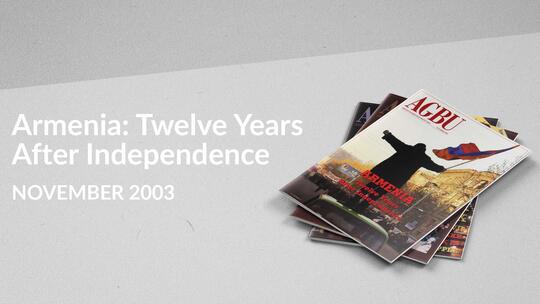by Louise Manoogian Simone
Can you imagine an anonymous private developer receiving a permit to build a neon-lit café adjacent to the Lincoln Memorial in Washington DC or twenty feet from the wall of the Metropolitan Opera House in New York City? Can you imagine the façade of the Smithsonian Institute or Metropolitan Museum hidden by two-story high billboards advertising cigarettes, alcohol, wearing apparel and candy? Can you imagine the green space of Central Park in New York City suddenly overrun with a hundred cafes of indiscriminate design and size?
